Vietnamese football after national reunification
After the country was unified, Vietnamese football had the highest football league, the A1 league. The post-war teams such as The Cong, Saigon Port, Vietnam Railways, Ho Chi Minh City Department of Industry, Ha Nam Ninh Industry, Hai Phong Port... but times have changed, these football brands no longer exist and Vietnamese football has moved towards professional football (PFF).
Starting from the 2000-2001 season to the end of the 2010-2011 season (trial period for the operation of the BĐCN), the Vietnam Football Federation (VFF) directly organized, managed and operated. The VFF Competition Committee was responsible for professional operations and tournament management.
The professional quality of the tournament has increased significantly. This is shown through professional data in the match such as the time of the ball in play, the movement with and without the ball, the attractive and fierce competition from the beginning to the end of the season. Negative phenomena such as collusion, giving up points, and match-fixing have decreased significantly.
Mr. Pham Ngoc Vien, former General Secretary of VFF, said about the current situation of Vietnamese football in the early days of professionalization: “This operating mechanism has revealed inherent problems with the amateur nature of “both playing football and blowing the whistle”. The organizational structure and management are based on a professionalized method that is heavy on formality and does not comply with the strict regulations of professional football. The legal framework is not strong enough. This is reflected in the Professional Football Regulations issued in 2004, 2005...
During this period, there was a time (2003 - 2007) when the influence of negative and social evils penetrated into football activities such as collusion, betting, and match-fixing, even at the national team level (SEA Games 23 in 2005 in the Philippines).
In the first two seasons (2001, 2002), the tournament copyright was held by VFF, through the brokerage company Strata, with an average of 2 million USD (about 30 billion VND/year). The start-up clubs had a certain source of funding (each club was divided about 1.6 billion VND/year) to professionalize Vietnamese football.
The exploitation of commercial rights encountered many difficulties when only achieving very limited revenue (about 4 billion VND in 2003; from 2003 to 2009, it reached about 7.2 - 8 billion VND/year). In 2010, the exploitation of commercial rights of the tournament name reached about 11 billion VND. That revenue only ensured the minimum for the operation of the tournament with increasingly higher costs. Meanwhile, the revenue of the clubs was still very limited, not meeting the funding for operational needs.
The Steps of Professionalism
Since the 2012 season, the V.League has been organized, managed and operated by the Vietnam Professional Football Joint Stock Company (VPF). The V.League has made many professional advances, attracting a large number of fans to the stadium to watch live matches as well as watch football on television.
The number of matches broadcast live from 30 - 40% of the total number of matches in 2012 has been covered 100% since the 2016 - 2017 season. Television copyright has been established with economic value increasing every year (60 billion VND in the 2011 season, up to 120 billion VND in 2012). The total commercial value of the tournament has reached an encouraging figure of 500 - 600 billion VND/season.
The Organizing Committee runs the tournament through professional tournament systems such as: Professional Football Regulations, Tournament Charter, Regulations on organizing matches in localities, reporting regimes... Starting from the 2015 - 2016 season, VFF will grant licenses to clubs participating in the tournament according to 5 criteria: sports, administration and human resources, facilities, legal, finance.
Need to aim for the highest level of professionalism
Mr. Nguyen Van Phu - General Secretary of VFF said that VFF has launched a new Strategy, affirming its determination to successfully implement the goals and tasks of the Vietnam Football Development Strategy for the period up to 2030 and vision to 2045.
Advise state management agencies on investment support solutions and incentives for organizations that prioritize investment in football, for professional football clubs with a tradition of contributing to the achievements of national football to enjoy preferential policies, tax rates, and land for sports activities, similar to the State's policies for public service enterprises assigned by the State to develop football, contributing to the country and the community.
Allocate budget and implement some key projects on youth football training: focus on investing in players aged 17 to 20 (as of 2023) when the 2030 and 2034 World Cups are held, these players are aged 24 - 25 to 28, the "golden" age for top football.
Build a competition system while investing in science and technology, sports medicine, and training good human resources. Expand professional football units.
VFF continues to cooperate closely internationally with countries with developed football (such as Japan, Korea, UAE, Qatar...) to create development opportunities for Vietnamese football.
There must be high level professionalization of football at the national team and club levels in terms of structure, organization, personnel, expertise, commerce, legality, and medical care services.
Complete the competition system according to a modern model, approach and meet the standards of the group of 10 countries with the most developed football in Asia, aiming to be present at the FIFA World Cup Finals in the period 2030 - 2045.
According to Mr. Pham Ngoc Vien, VPF should build according to the football management model of J. League (Japan).
Continue to improve the system of legal documents to enhance the professionalism of the BĐCN... Strengthen the role of the state management agency of physical training and sports in building a legal corridor (Law on Physical Training and Sports) following the trend of socialization for the management activities of VFF.
Encourage large economic groups such as Viettel, SHB, T&T, Becamex Binh Duong, HAGL... to invest long-term and stably in developing clubs.
Effectively exploit the franchise of clubs. The sponsorship method of businesses must be long-term in clubs to create a stable and sustainable financial source.
Diversify the clubs' revenue sources such as: sponsorship from investors, television copyright, revenue from ticket sales, state sponsorship, football lottery (or football betting), off-field services, private sponsorship, membership fees, and stock issuance.
Make financial management transparent.
Establish a Supporters' Association consisting of loyal fans of the club. Have a way to attract spectators to the stadium to cheer. Turn football matches into cultural and sports festivals in localities with a cultural and civilized form.
The athlete training system is trained at youth football centers with full youth teams of all ages from U9-10 to U20-21 and participates in youth tournaments of the same age at the national level.
The State needs to create mechanisms, open policies, and leverage mechanisms for VFF and football clubs to attract domestic and foreign businesses and investors to invest in football.
Diversify professional sports development funds at many levels to invest in human resource development for professional football clubs.
Source: https://baophapluat.vn/bong-da-chuyen-nghiep-viet-nam-trong-dong-chay-lich-su-post547011.html


![[Photo] Bus station begins to get crowded welcoming people returning to the capital after 5 days of holiday](https://vphoto.vietnam.vn/thumb/1200x675/vietnam/resource/IMAGE/2025/5/4/c3b37b336a0a450a983a0b09188c2fe6)
![[Photo] General Secretary To Lam receives Sri Lankan President Anura Kumara Dissanayaka](https://vphoto.vietnam.vn/thumb/1200x675/vietnam/resource/IMAGE/2025/5/4/75feee4ea0c14825819a8b7ad25518d8)
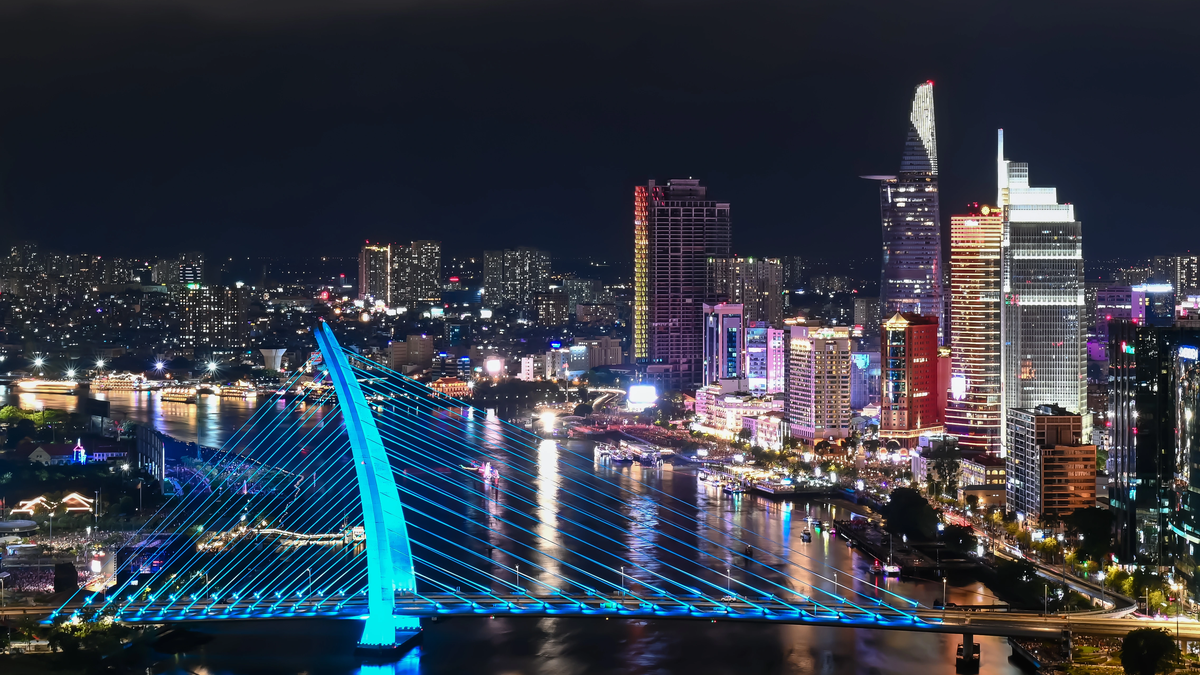
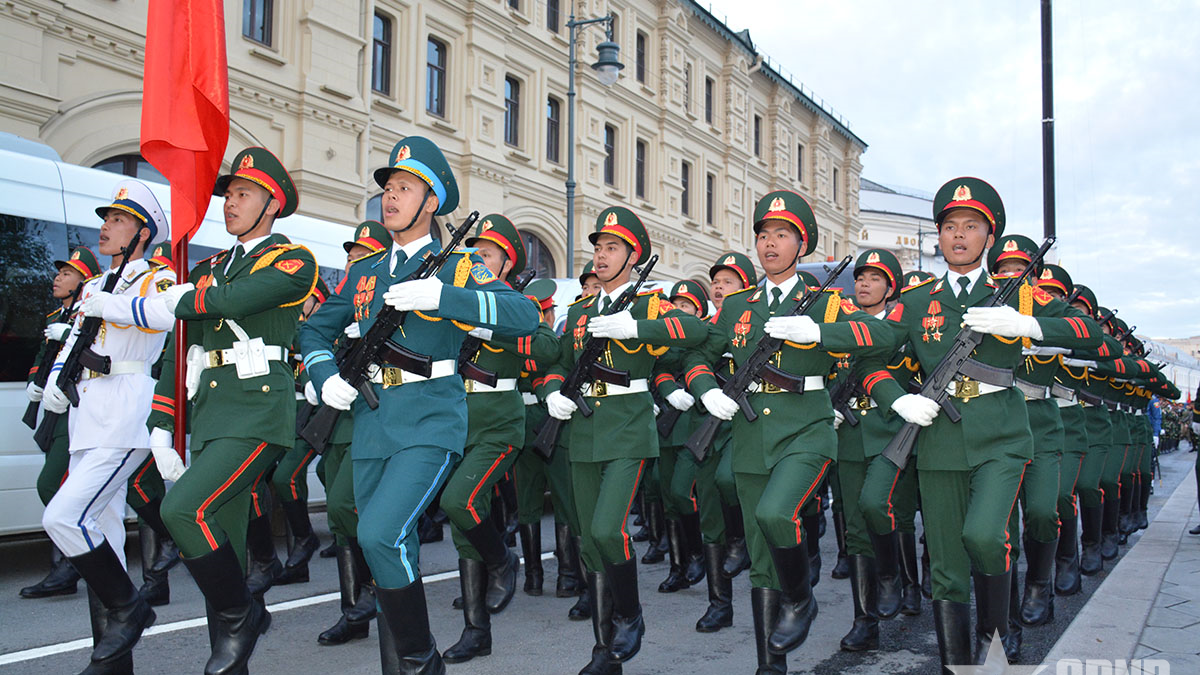

![[Photo] Vietnam shines at Paris International Fair 2025 with cultural and culinary colors](https://vphoto.vietnam.vn/thumb/1200x675/vietnam/resource/IMAGE/2025/5/4/74b16c2a197a42eb97597414009d4eb8)


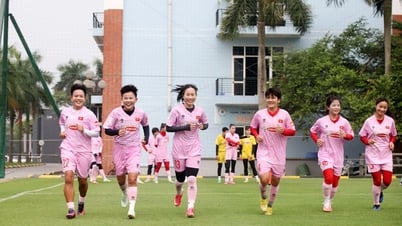

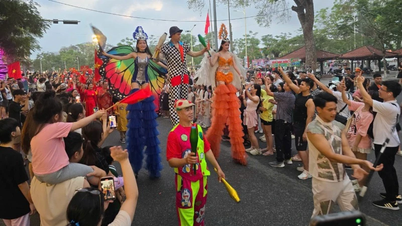









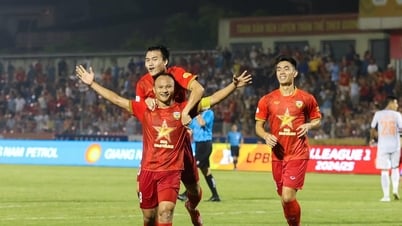
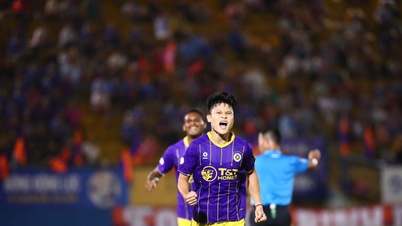









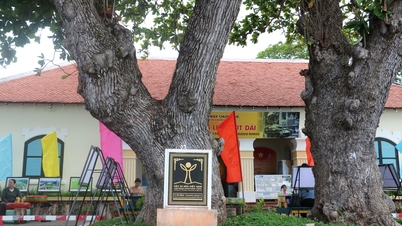

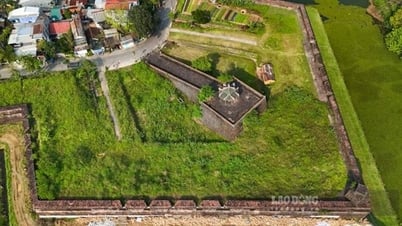




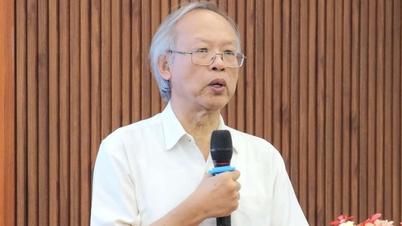

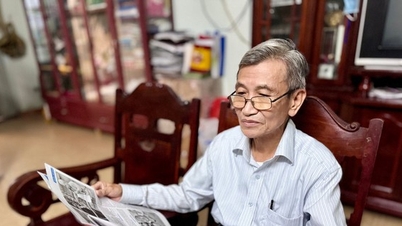
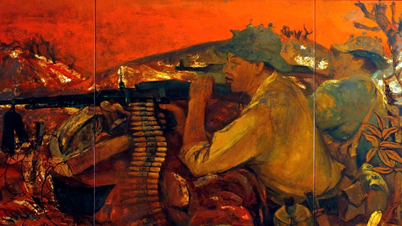



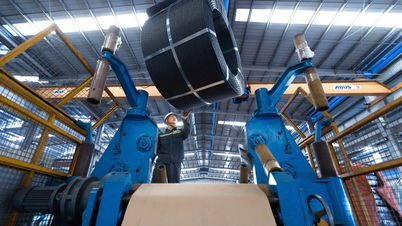

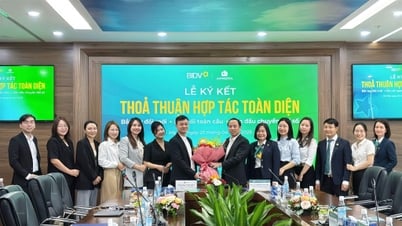

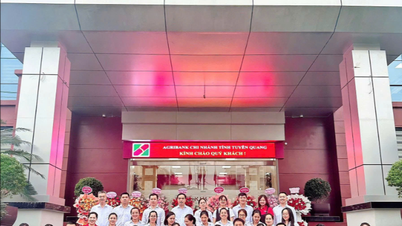


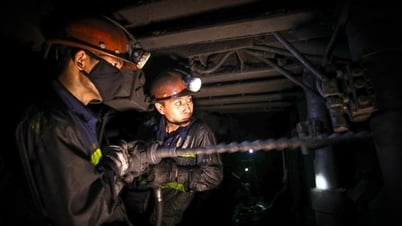




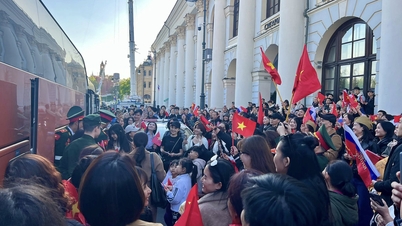
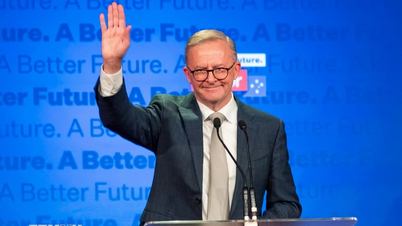

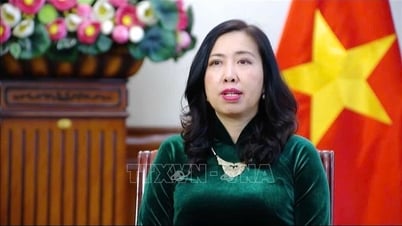




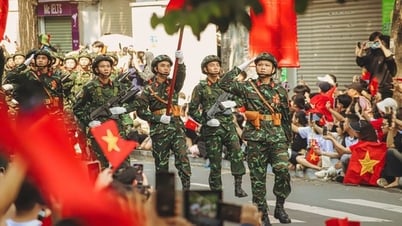


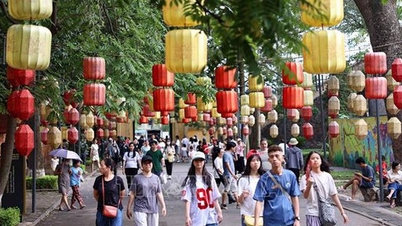
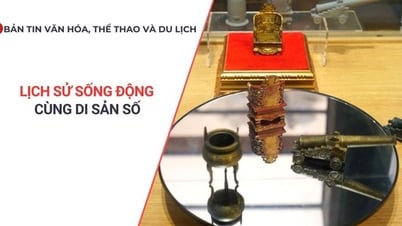








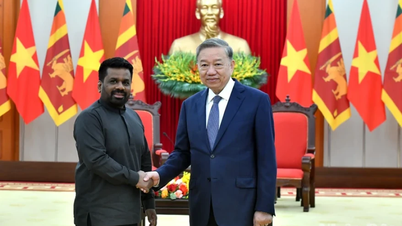






![[Video]. Building OCOP products based on local strengths](https://vphoto.vietnam.vn/thumb/402x226/vietnam/resource/IMAGE/2025/5/3/61677e8b3a364110b271e7b15ed91b3f)




Comment (0)